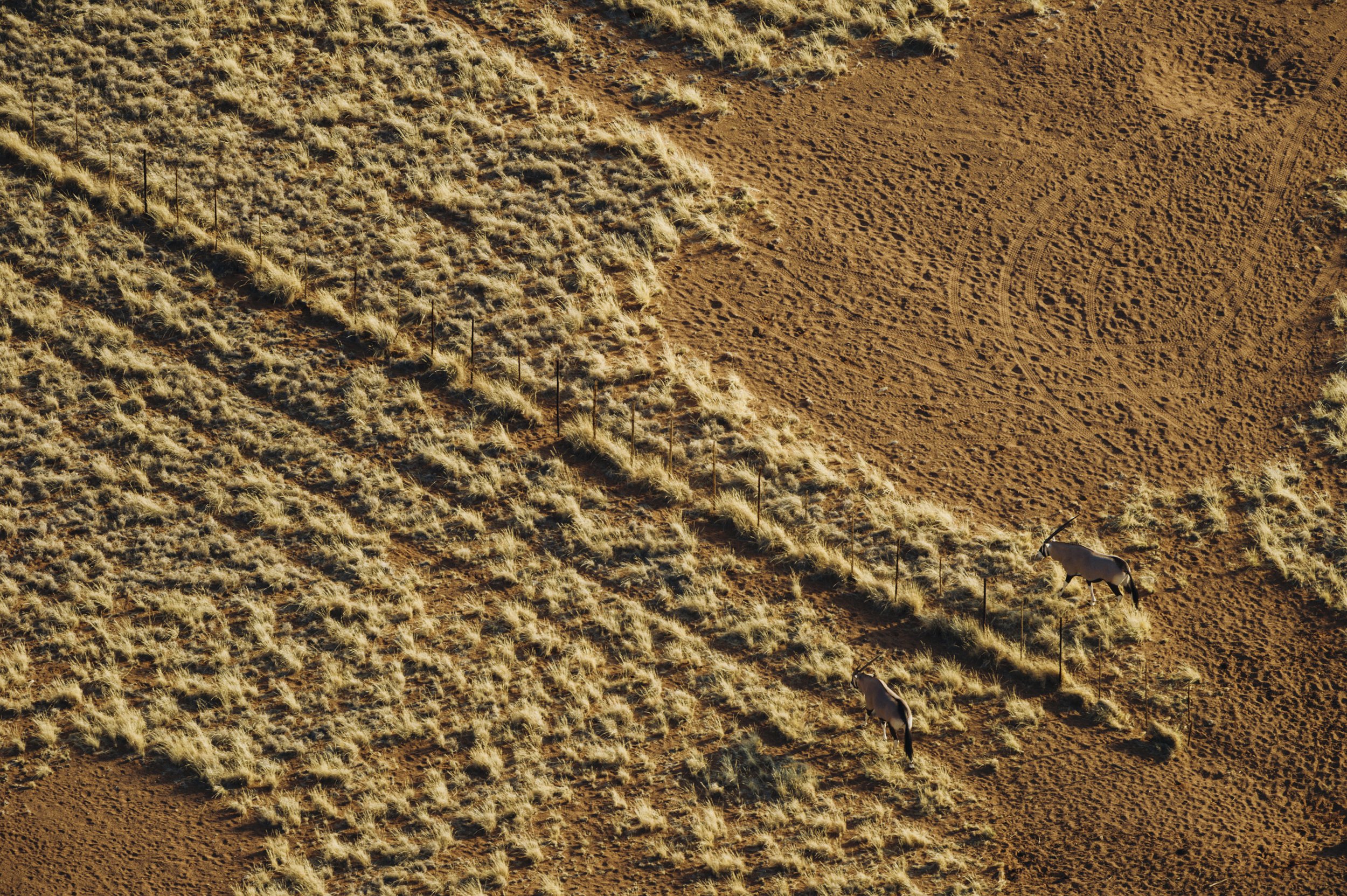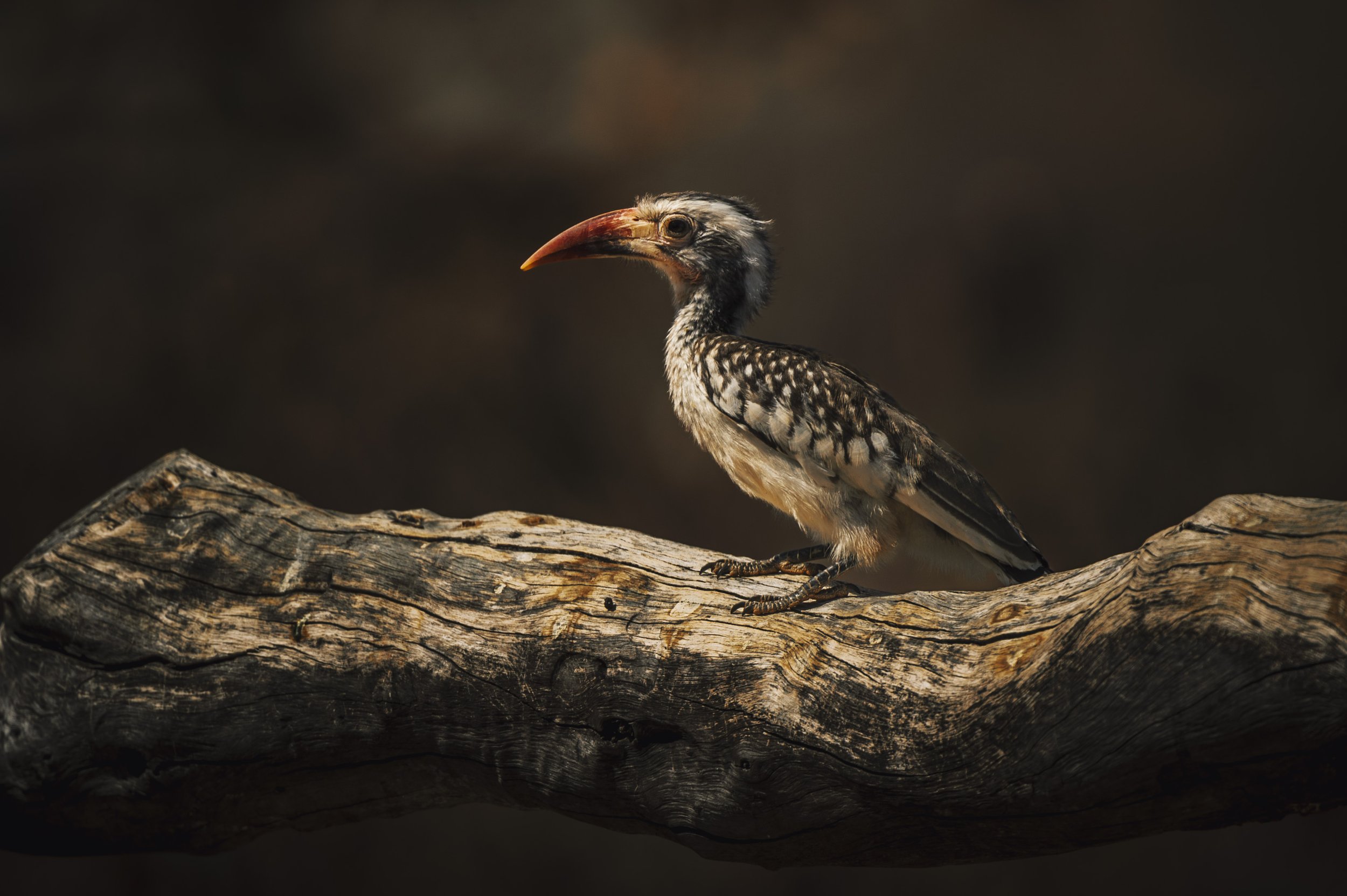2012 - Namibia
Discover the mesmerizing beauty of Namibia, a land of awe-inspiring landscapes and diverse wildlife. I will take you on a thrilling virtual journey across the country, where you can witness the spectacular scenery, learn about the unique flora and fauna, and delve into the rich cultural heritage of this fascinating land. Explore the rugged deserts, towering sand dunes, verdant valleys, and shimmering coastlines, where each sight is more breathtaking than the last.
Namib Desert
The Namib Desert is a vast coastal desert region located along the southwestern coast of Africa, spanning over 2,000 kilometers of rugged terrain. It is considered to be the oldest desert in the world, with arid conditions that have persisted for over 80 million years.
The Namib Desert is characterized by a diverse landscape of towering red sand dunes, vast gravel plains, and rocky mountain ranges. The dunes, composed of a fine orange-red sand, are some of the highest in the world, with some reaching up to 300 meters in height. The desert is also known for its unique and endemic plant and animal species, such as the Welwitschia plant, desert elephants, and the desert-adapted lion.
The climate in the Namib Desert is typically hot and dry, with temperatures during the day often exceeding 40 degrees Celsius. However, there is a strong temperature contrast between the coast and the inland areas, with a cool sea breeze providing relief to the coastal areas. Rainfall is also scarce, with most areas receiving less than 100 millimeters of precipitation per year.
Despite its harsh and unforgiving environment, the Namib Desert has a unique beauty that has captivated visitors for centuries. Its rugged and otherworldly landscapes, combined with the allure of adventure and exploration, make it a popular destination for hikers, photographers, and nature enthusiasts from around the world.
Namib Desert
Namib Desert
Namib Desert
Namib Desert
Namib Desert
Namib Desert
Milky Way at Namib Desert
Gemsbok - Oryx gazella
Namib Desert
Namib Desert
Gemsbok - Oryx gazella
Springbok - Antidorcas marsupialis
Wild Wildebeest Gnu - Connochaetes taurinus
Etosha National Park
Etosha National Park is a scenic and stunning wildlife sanctuary located in Namibia, Southern Africa. The park is renowned for its breathtaking landscapes and incredible wildlife, including giraffes, zebras, elephants, lions, and more.
The park's name “Etosha” is derived from the Oshivambo word for "Great White Place," referring to the massive salt pan that covers nearly 25 percent of the park’s area. This salt pan, which is visible from space, is a dominant feature of the park and is surrounded by grasslands and savannahs that provide a natural habitat for the park's diverse wildlife.
In the wetter months, the park's waterholes fill up, attracting wildlife from far and wide. Visitors can enjoy game drives or self-driving tours, and there are numerous lookout points for observing the animals in their natural habitat.
Etosha National Park is also home to over 340 bird species, making it a bird-watcher's paradise. The park offers visitors an excellent opportunity to escape and immerse themselves in Africa's natural beauty with its impressive landscape and wildlife diversity.
Lioness - Panthera leo
African Elephant - Loxodonta africana
Lions - Panthera leo
Black rhinoceros - Diceros bicornis
Lioness - Panthera leo
Kori bustard - Ardeotis kori
Cape ground squirrel - Geosciurus inauris
African Elephant - Loxodonta africana
Secretary bird - Sagittarius serpentarius
Plain zebra - Equus quagga
African grey hornbill - Lophoceros nasutus
Southern pale chanting goshawk - Melierax canorus
Southern red-billed hornbill - Tockus rufirostris
African Elephant - Loxodonta africana
Cape ground squirrel - Geosciurus inauris
Steenbok - Raphicerus campestris
Black rhinoceros - Diceros bicornis
Southern pale chanting goshawk - Melierax canorus
Red-headed finch - Amadina erythrocephala
African Elephant - Loxodonta africana
Skeleton Coast National Park
Skeleton Coast National Park is a protected area in Namibia, located along the country's northern coastline. The park covers an area of approximately 16,845 square kilometers, and includes both coastal and inland regions.
The Skeleton Coast is known for its rugged and desolate landscape, as well as its abundance of wildlife. Visitors to the park can expect to see a variety of animals, including desert-adapted elephants, lions, hyenas, and giraffes.
One of the key attractions of the park is the shipwrecks that can be found along the coast. The area is notorious for its treacherous waters, and over the years many ships have run aground or been wrecked on the rocky shores.
Other highlights of the park include the towering sand dunes of the dune fields, the Hoarusib River delta, and the remains of a small plane that crashed in the park in the 1970s.
The Skeleton Coast National Park is managed by the Namibian Ministry of Environment and Tourism, and is open to visitors throughout the year. Visitors are advised to be prepared for the harsh desert conditions, including extreme temperatures, high winds, and limited water sources.
Springbok - Antidorcas marsupialis
Mountain Zebra - Equus zebra hartmannae
Desert Elephant - Loxodonta africana
Cape Cross Seal Reserve
Cape Cross Seal Reserve is a protected area located on the coast of Namibia, approximately 120 kilometers north of Swakopmund. It is known for its largest colony of Cape fur seals, numbering over 200,000 individuals.
The reserve was established in 1968 to protect the seals from commercial hunting, and it has become one of the major tourist attractions in Namibia. Visitors can watch the seals from a viewpoint or take a guided tour to get closer to the animals.
Besides the seals, the reserve is also home to a variety of bird species, such as flamingos, pelicans, and cormorants. The surrounding coastal area is known for its rugged beauty and scenic views of the Atlantic Ocean.
Cape Cross Seal Reserve is managed by the Namibian Ministry of Environment and Tourism and is open throughout the year. The reserve is accessible by car and is a popular stop for visitors traveling along the Namibian coast.
Brown fur seal - Arctocephalus pusillus
Brown fur seal - Arctocephalus pusillus
Brown fur seal - Arctocephalus pusillus
Brown fur seal - Arctocephalus pusillus
Brown fur seal - Arctocephalus pusillus
Brown fur seal - Arctocephalus pusillus
Brown fur seal - Arctocephalus pusillus
Fish River Canyon
Fish River Canyon is a large, steep-sided canyon located in southern Namibia. It is the second-largest canyon in the world and is approximately 160 km long, 27 km wide, and 550 meters deep. The canyon was formed by water erosion and tectonic activity over millions of years.
The Fish River Canyon Hiking Trail is a popular activity in the area, which is a 90 km trek that takes around five days to complete. The canyon is also home to a variety of wildlife, including baboons, kudu, and mountain zebras, as well as many endemic plant species. The canyon is one of Namibia's most visited tourist destinations, offering breathtaking views and a unique natural experience.
Fish River Canyon
Fish River Canyon
Fish River Canyon
Fish River Canyon
Fish River Canyon
Luderitz
Luderitz is a coastal town in southwest Namibia, located on the Atlantic Ocean. It was one of the first German settlements in Namibia and has a rich history, with colonial-era buildings and museums showcasing the town's past.
Luderitz is known for its spectacular scenery, including the nearby Namib Desert, and its wildlife, such as seals and penguins. The town has a small fishing industry and is popular among tourists for its unique architecture and charming streets. It is also a popular destination for windsurfing and kiteboarding due to the strong winds and waves in the area.
Diaz Point Lighthouse
Great Flamingo - Phoenicopterus roseus
Cape wagtail - Motacilla capensis




















































